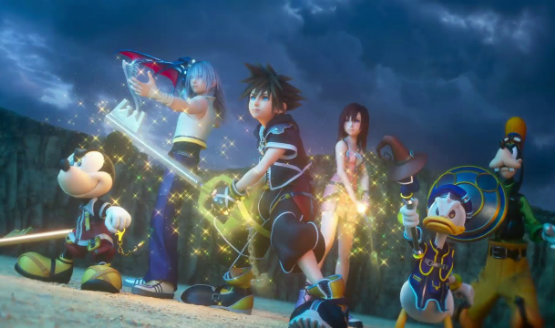Kingdom Hearts III is an awesome game. Its sense of spectacle and emotional payoffs for over a decade of character-driven lore are enough to make this landmark franchise sequel one of the best-reviewed games of the year. That said, throughout the series I have had and continue to have big problems with the driving, interactive force running this bizarre, heartfelt show: the combat.
While often fast and loose enough to get by, with more and more verbs and Frankenstein-like features bolted on to make it all work, this kingdom still sits atop a shaky foundation. I have a proposal. It is one that might inspire some fun reactions, but nevertheless is both feasible and defensible.
Square Enix should bring Koei Tecmo in on the next Kingdom Hearts.
First, let’s talk about the Koei Tecmo brand and what that encompasses. There are multiple teams within Koei Tecmo and multiple franchises or series with different goals. But with the exception of Gust’s RPG fare, most of these titles are not only action-oriented, but are generally exceptional or high quality experiences. Some of that is debatable, such as the divisive nature of the Musou series. But there are also easy classics, such as the Ninja Gaiden series, Dead or Alive (the fighters, not the volleyball nonsense), and the more recent hit Nioh. I just happen to be a pretty big fan of Musou, so you can bet that’s going to be a big factor in this argument. That’s especially because there are so many similarities in Kingdom Hearts to the Musou style (or rather, a misguided perception of it).

Boiled down to its essence, Kingdom Hearts has always been about building a bridge between simple action gameplay and Final Fantasy‘s menu-based structure. With various changing parts of the controller, players use a “submenu” that looks generally like a classic Final Fantasy menu in tandem with mashing the cross (and sometimes triangle) buttons. This has varied in complexity over the years, bringing in things like “Flowmotion,” team attacks, attractions, and more. But fundamentally, Kingdom Hearts often struggles with a bit of an identity crisis.
Not unlike the recent Darksiders III, Kingdom Hearts often can’t decide if it’s a hardcore character action game with a heavy emphasis on timing and defense or if it’s, well, a fancy Musou game with anime-ass air combat. When you get to mash that cross button, Sora (or Roxas, or Ventus, or Riku, uhh) flies through the air, spinning around like a human yo-yo and stringing together huge combos. In Kingdom Hearts III, you can even run on walls and fly through the air, making even trivial encounters against jabroni heartless look like a deleted scene from Final Fantasy VII: Advent Children. Combined with the context-sensitive Flowmotion maneuvers and over the top, screen-filling special moves you can access, and Kingdom Hearts has grown into one of the most visually impressive character action games in a world in which Platinum Games exists.
Until Kingdom Hearts decides it’s time for you to trip and fall.
An important part of character action games, one that is often understated, is limitation. Limits imposed by the game design are what defines the experience and establishes the rel identity of an action title. This is the fuel that sets apart Ninja Gaiden from Devil May Cry, for example. Kingdom Hearts doesn’t want to have limits, that much is evident in how Nomura’s storytelling has progressed over the past decade-plus. But it imposes those limits anyway, because that’s what’s in the rulebook. Like Dante, Sora can only take so many actions before he has to stop. Like Ryu Hayabusa, Sora has to occasionally defend himself. Unlike those two, Sora doesn’t handle these things well.
When it’s time for Sora’s airborne antics to end, he freezes and awkwardly floats back down to Earth like a bubble full of soap. He can block, but not without halting everything he’s doing first and dealing with not only what his enemies are doing, but his own reluctance to do so. He can also dodge, but the Kingdom Hearts team has not once settled on how a dodge roll should function across so many titles. Frankly, it’s no wonder the poor boy failed his keyblade mastery exam.
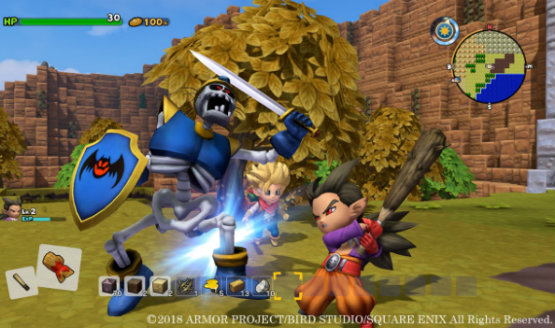
While the Kingdom Hearts team (or teams over the years) often struggles with its big ideas, the folks at Koei Tecmo have combat down to a science. Each of its unique games establish clear senses of identity and purpose, with expertly-communicated rules and limitations that makes playing them a breeze. Except for Metroid: Other M. The Musou series is the most comparable to Kingdom Hearts, with a running theme over the years of removing player limits and leaning into cancels and giant combos. Nioh slides perfectly into that popular Dark Souls-like space, with more intense aggression but that same emphasis on defense.
Ninja Gaiden is arguably similar (and first), as its punishing encounters are based on fishing for and capitalizing on openings. In recent years, Team Ninja itself has showed a surprising capacity for exploring new spaces, with its partnerships with Nintendo. Not only did Team Ninja join in with Omega Force to expand what Musou could be with games based on Zelda and Fire Emblem, but it will also be talking on the Marvel Ultimate Alliance series in 2019. There’s also Metroid: Other M. We don’t talk about Metroid: Other M.
Metroid: Other M is bad, is what I’m saying.
Now, this is all fine and good. Sure, Koei Tecmo has action chops. But you may be wondering what the hell that has to do with Kingdom Hearts, one of Square Enix’s flagship franchises handled exclusively in-house. Well, there’s precedent. Koei Tecmo and Square Enix already have a healthy relationship, and both Omega Force and Team Ninja have already touched the top of Square Enix’s IP ladder. The companies have collaborated on multiple Dissidia Final Fantasy titles, and multiple Dragon Quest spinoffs. Koei Tecmo was even brought in for Dragon Quest Builders 2 with the express purpose to improve the combat from the first game. There you go.
I’m not necessarily suggesting we should see that “KT” logo on the box for Kingdom Hearts IV (I mean, I totally am, but baby steps are fine too). However, if nothing else Kingdom Hearts is known for a vast library of spin-offs. Granted, those spin-offs are all canon anyway, but I digress. Personally, I think based on both the trajectory of the series and some stuff that went down at the end of Kingdom Hearts III, that we’ll be seeing the next part of the story before we see that fourth roman numeral land. And when we veer into that space, it’s the perfect opportunity for some experimentation. And with Koei Tecmo on board in this hypothetical situation, we could end up with a game that can truly hang in the space it wants to occupy.
Kingdom Hearts Games Ranked
-
Starting from the Bottom...
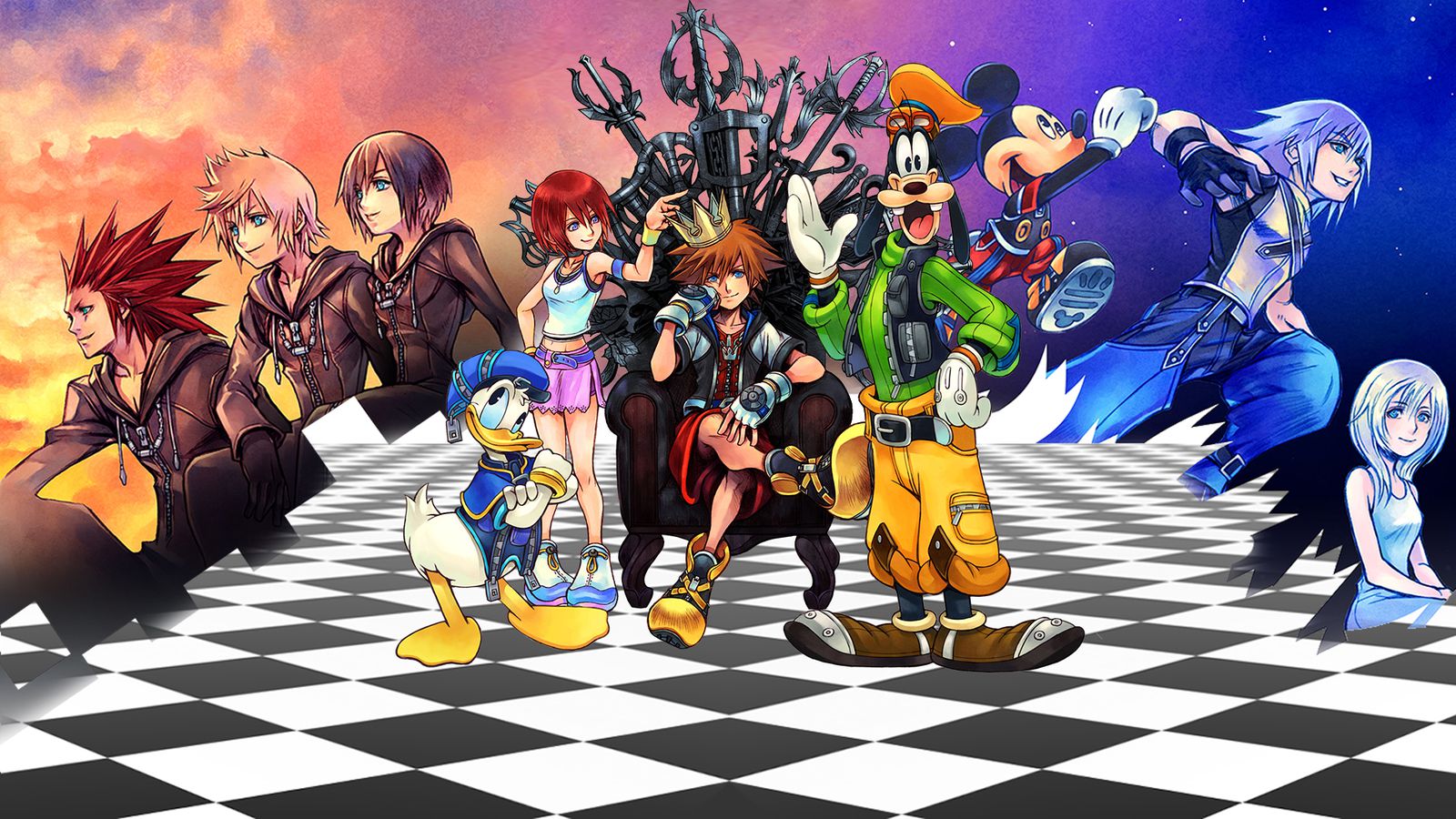
-
7. Kingdom Hearts 358/2 Days
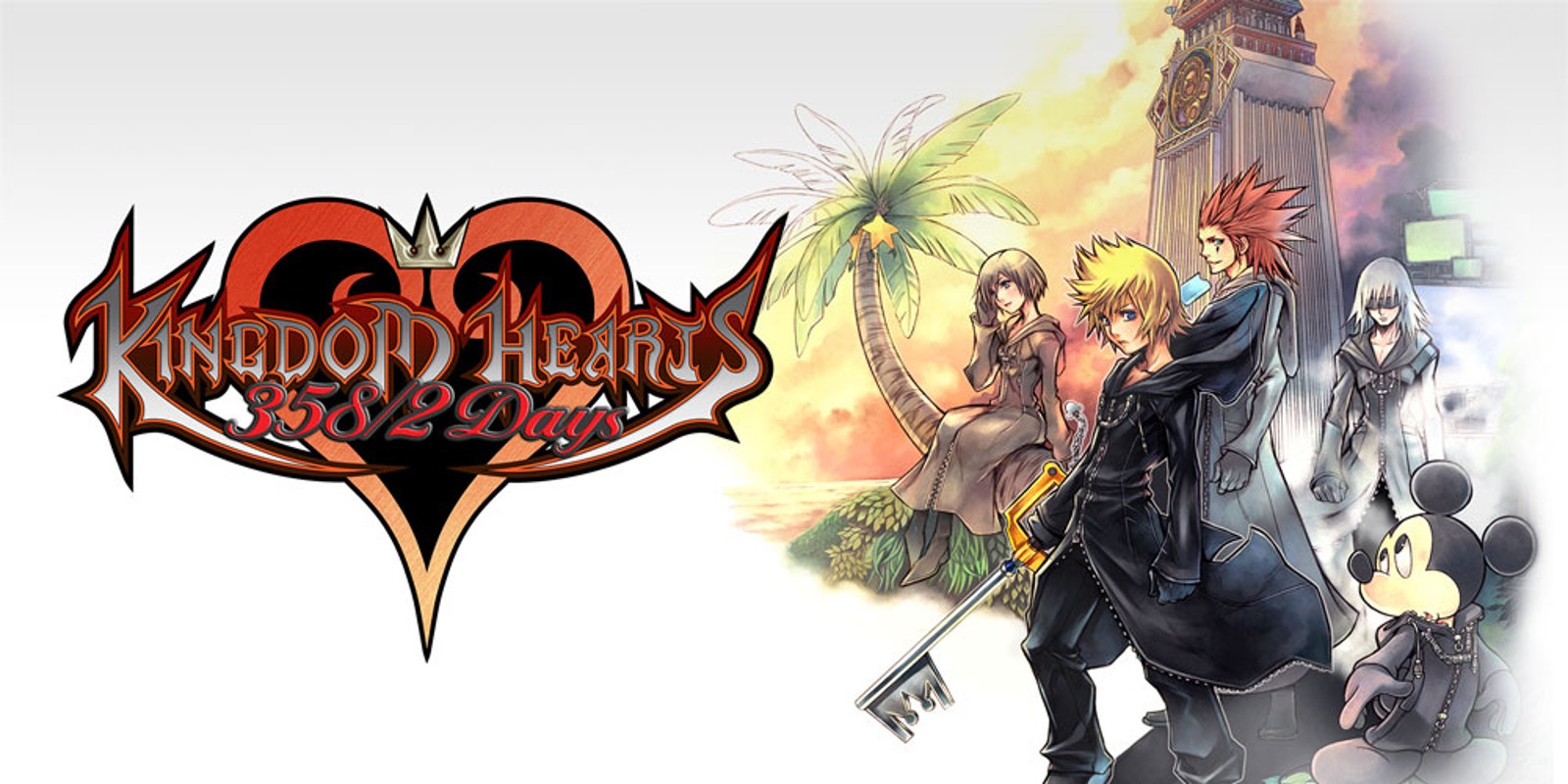
Words cannot fully express how terrible this game is, and I'm not including how to pronounce this game title. The backpack mechanic is one of the worst ideas Square Enix had for the KH series, and yes, I'm putting this below the card game combat.
If that wasn't bad enough, the story added the final nails (plural) into its coffin. This game had the potential to do something fun with telling the story of Roxas' time as a member of Organization XIII. We already knew from Kingdom Hearts II that he was a member, Axel was his best friend, and he ran away. Instead of a compelling reason as to why Roxas would abandon the group, we get the addition of Xion, a flat and boring character who barely served as a plot device. At least I got to kill her at the end.
-
6. Kingdom Hearts Dream Drop Distance [3D]
![6. Kingdom Hearts Dream Drop Distance [3D]](https://playstationlifestyle.preprod.vip.gnmedia.net/wp-content/uploads/sites/9/gallery/kingdom-hearts-games-ranked/kh3d.jpg)
This obvious cash-in on Nintendo's newest handheld had too few things going right for it to cover up everything it did wrong. Introducing Flowmotion for exploration and combat was one of the best gameplay ideas the series had in a long time. Too bad the game also decided to mash together nearly every other gameplay mechanic from the other games, whether they fit together or not.
The big killer was the idea that timers in a game are good. Even though, in theory, you could take as long as you wanted with each character by dropping back and forth, the clock is ticking, dude. You have to time your drops just right. There's nothing worse than mismanaging your time and dropping out in the middle of a boss fight. It's even more fun when you forget where you dropped out until you drop back in. It will typically only happen to you once, but it's enough to make you loathe that drop timer bar. I don't like feeling like I need to rush this exploration to get it all in before I have to switch to the other character, rinse and repeat.
It didn't help that the entire plot-connecting idea of sleeping worlds and dream eaters was as flimsy as Disney's version of The Hunchback of Notre Dame.
It's honestly amazing I finished this game at all.
-
5. Kingdom Hearts Re:Coded

Re:coded was a DS adaptation of a Japan-exclusive mobile game. It's not bad, per se, but it suffers from a weak base concept followed by a bad case of a split personality. As a mobile game, it released in episodes for two seasons. The whole idea is that Jiminy's Journal has been hacked, and it's up to a virtual Sora and his friends to fix the code and correct Jiminy's entries. It's basically an excuse to play the first game again with a new twist.
Yes, that is pretty bad, but considering it was originally a mobile game from the early aughts, it gets a slight pass. The gameplay was actually fun as well, albeit ridiculous at times. It was mostly a fun little time waster. At least, it was until the second season.
The second season released quite awhile after the first, and it's painfully obvious when that split happens in Re:coded. The first season is silly and let's have fun with this ridiculous idea. The second season is suddenly super serial and does its best to tie in with the rest of the games. You can almost hear that development meeting in your head when you reach the second half. You know it started with someone saying, "We have to fit this in with the overarching Kingdom Hearts story for reasons. That letter Mickey sent to Sora and Mickey at the end of KH2? It HAS to connect to that. Make it happen."
I mean, it does, but it's a stretch to say the least.
-
4. Kingdom Hearts: Chain of Memories
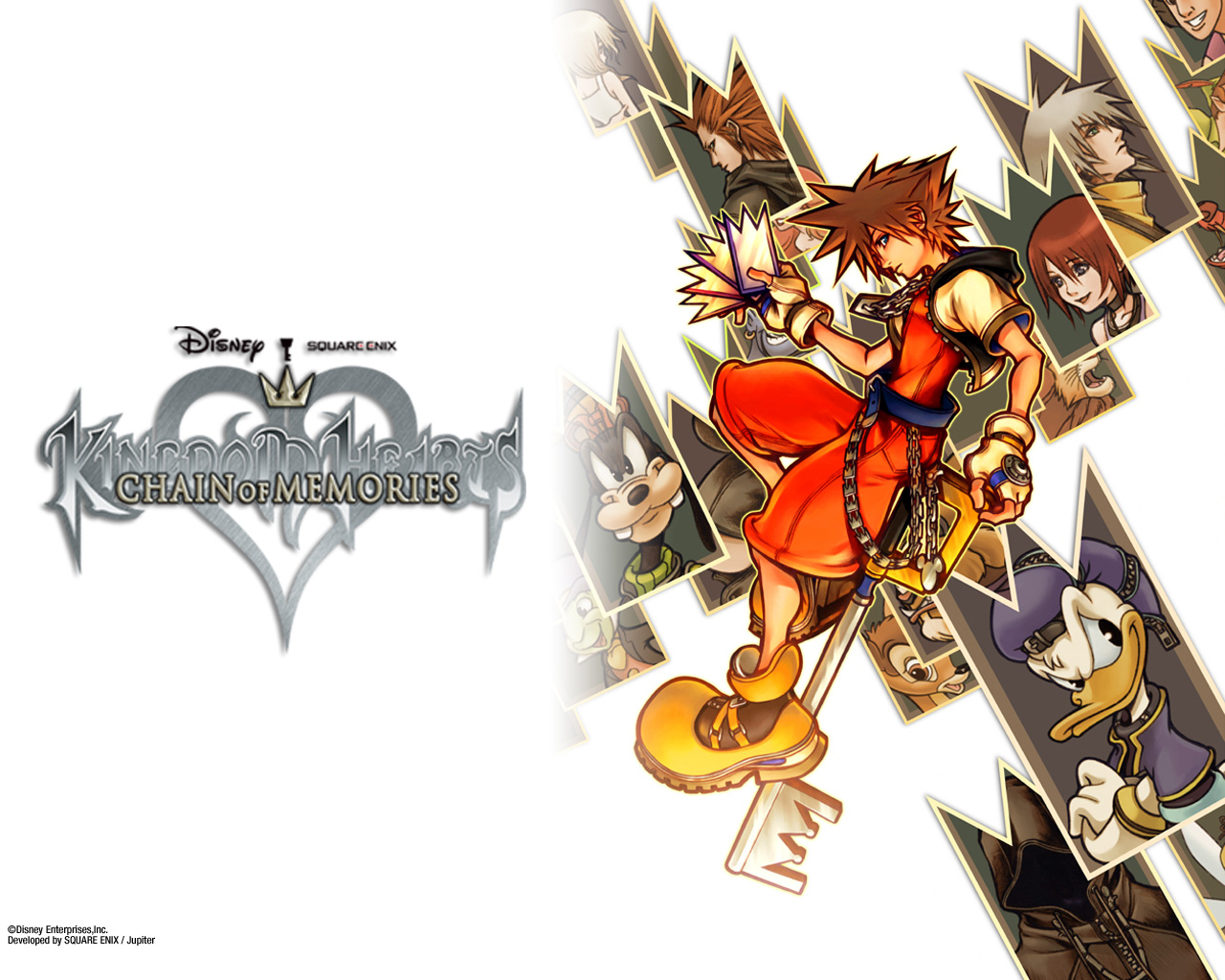
I know I am one of maybe five people who completed this game on the GBA. It was a trying time, and I most likely didn't have anything else pressing. I didn't play much of it on the GBA, though. I was a super nerd and had the Game Boy Player for my GameCube. I played that puppy on the big screen before Kingdom Hearts Re:Chain of Memories was even a thing in Japan. To be honest, that made my time with the game even worse. Some things are never meant to be blown up on a 65" projection TV.
The story of CoM is weird, at best, but hey that's the KH story in a nutshell. This is our first introduction to Castle Oblivion and Organization XIII, all of which have a big part in the official Kingdom Hearts sequel as well as the following games. It also starts Riku on his road to redemption after being deceived by Maleficent and Xehanort.
The biggest flaw in the game is its card combat system. Going from plain action to card-based action is a hard sell. As you play the game, you collect cards that are very similar to a common deck of cards. You can't keep all of the cards in your hand, however, so you have to pick and choose and sort your cards depending upon how you want to play. Combining cards will make powerful combos or stronger magic spells, but you have to make your decisions as fast as you would playing a typical action game. It has a steep learning curve, but when you master it, it actually becomes fun.
The real beating comes in when you need specific cards to open doors to progress and no matter how much you farm in earlier levels, you can't get that one goddamn 0 card.
-
3. Kingdom Hearts
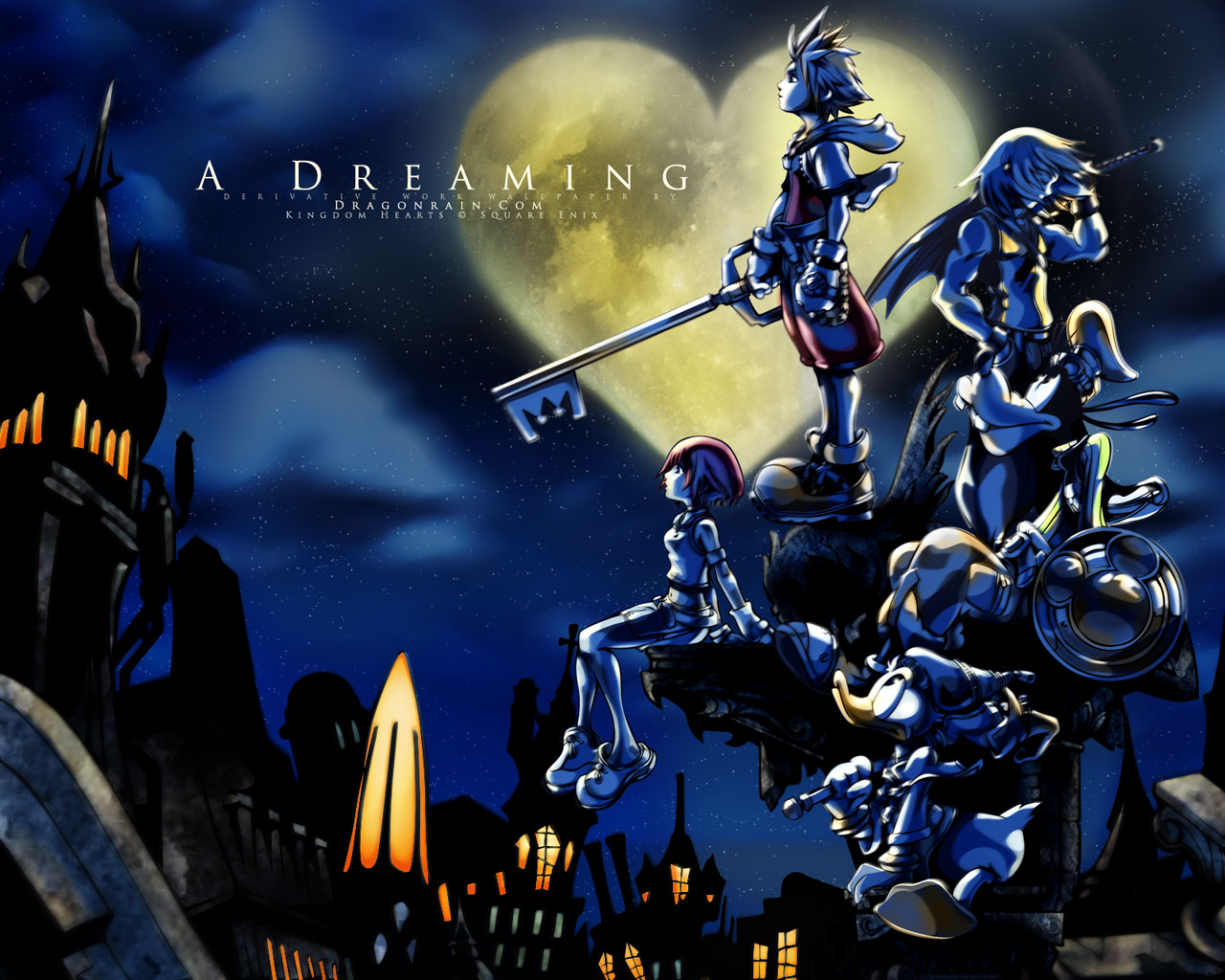
The game that started it all. The original game will always have a special place in my heart, because this is the one that made me leave my NES behind for a PlayStation 2. I spent hours on this game, and I still find it enjoyable to this day, even though it's incredibly simple compared to the later games.
It's not number one, though, for two reasons:
- the Gummi ship, and
- the camera.
The real boss of the game was the camera, I swear. KH has some zany platforming puzzles, especially in Wonderland. It requires precise jumps, and the camera has this nasty habit of never staying where it needs to while jumping. Sometimes you can't even move the camera at all to see your next jump. I still don't know how I finished The Jungle the first time I played it. That final waterfall jump that the camera literally blocks behind a ledge? Where was the QA team for that?
I'm not going to explain why the Gummi Ship is terrible, because everyone who has played the game knows how terrible it is.
-
2. Kingdom Hearts: Birth by Sleep
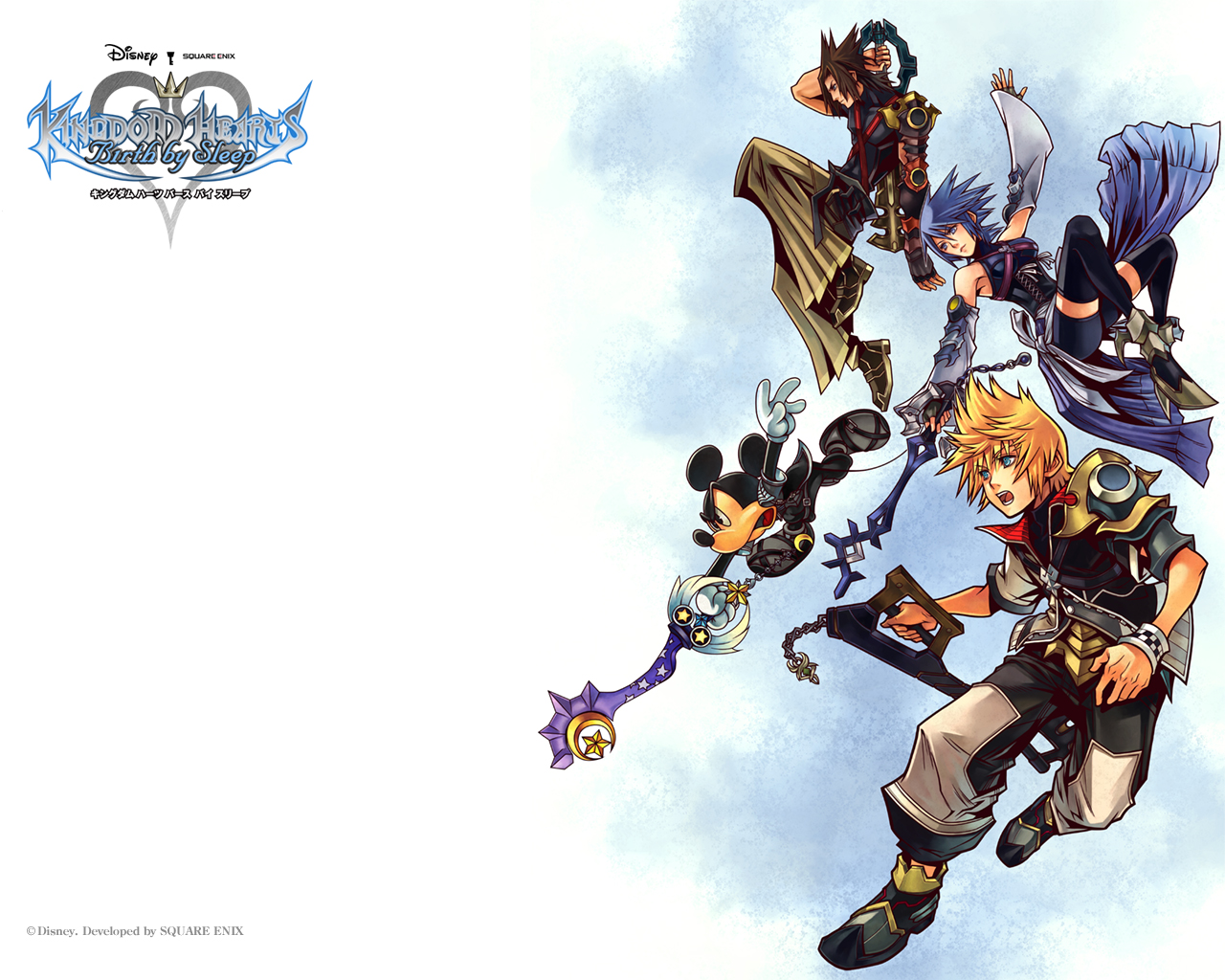
Birth by Sleep is told in three parts from three different perspectives. It's similar to the storytelling in Pulp Fiction, except each character tells their story in a sequential order instead of jumping around in time. As you play through each character, you get a different piece of the puzzle to fit together for the very end. When it all does, you can't help but have a rather big "A-ha!" moment.
The combat gameplay is the best Kingdom Hearts has had yet. I hope that Kingdom Hearts III is an iteration of it. That combined with Flowmotion would be TITE. The game's biggest problem was its inundation with minigames. The board game was fun, but sticker collecting? Dancing for ice cream scoops? No, Squenix. Just, no.
I compare BBS quite often to the first trailer for Star Wars III: Revenge of Sith. That trailer showed Obi-Wan from the first film telling Luke about his history with his father, with clips of the upcoming film illustrating Obi-Wan's story. It's very much George Lucas elbow-nudging a friend and saying, "See? See? I told you I knew what I was doing all along!" Birth by Sleep is exactly that for Kingdom Hearts; it's Square Enix proving to you they've known what they were doing all along from the beginning.
-
1. Kingdom Hearts II
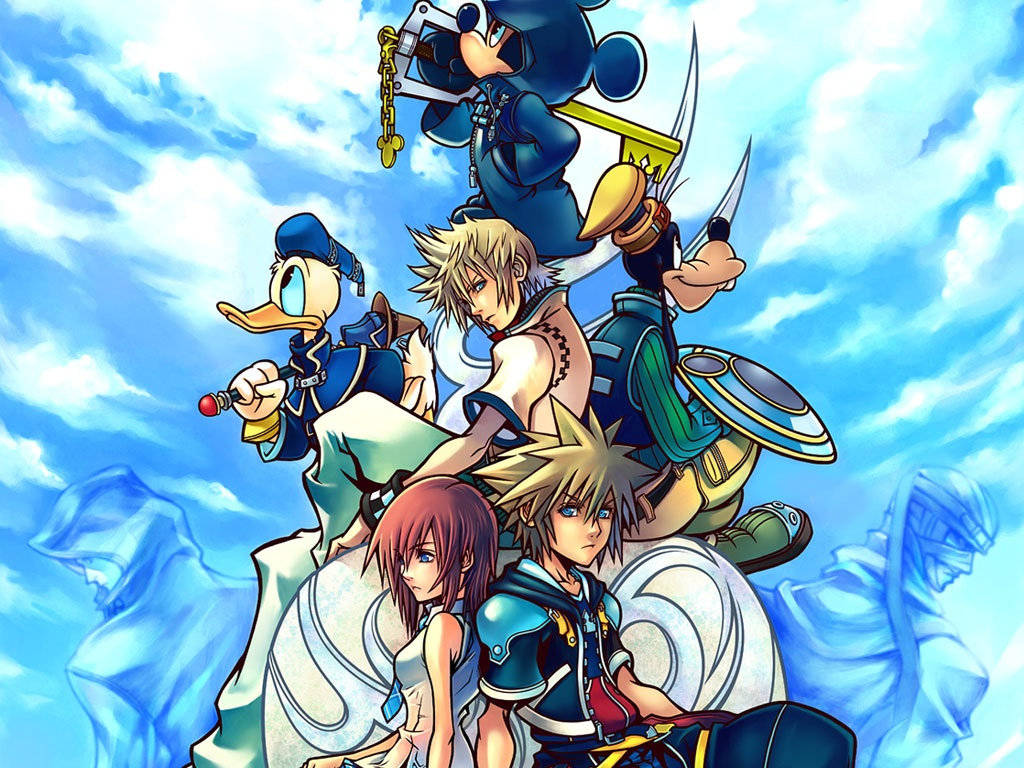
The biggest problem with Kingdom Hearts II is the required grind. But, um, it allows for dual keyblade wielding. TWO keyblades. It's twice the badass combat flair. All arguments against this game are rendered invalid from that alone.
Also, it's the only game in the series that actually has an ending with any finality.
